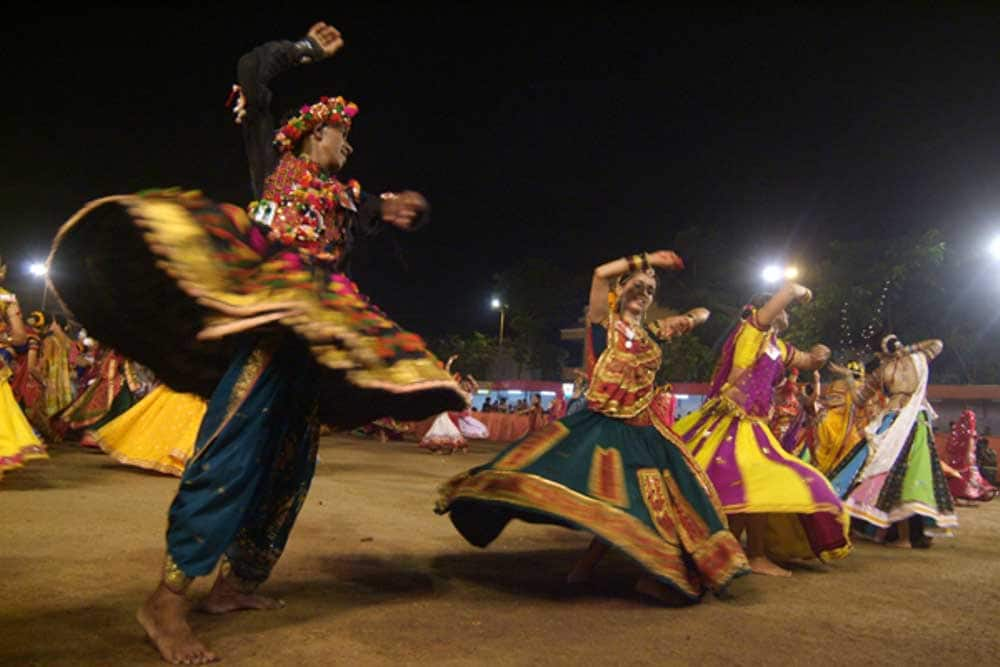



India is once again set to showcase its rich cultural heritage on the global stage. The Ministry of Culture has written to the secretary of Sangeet Natak Akademi (SNA), requesting the nomination of Chhath Festival for inclusion in UNESCO’s Intangible Cultural Heritage (ICH) list.
In a letter dated August 8, 2025, the Ministry noted, “Please find enclosed herewith a communication dated 24.07.2025 from Shri Sandeep Kumar Dubey (Chairman, Chhathi Maiya Foundation) submitting the proposal for the inclusion of ‘Chhath Mahaparva’ under UNESCO’s Representative List of Intangible Cultural Heritage (ICH) of Humanity." The SNA, as the nodal agency, has been asked to examine the proposal and take appropriate action.
Chhath Puja, celebrated with devotion across Bihar, Jharkhand, Uttar Pradesh, and among Indian communities worldwide, is a four-day festival dedicated to Surya (the Sun God) and Chhathi Maiya. The festival is marked by fasting, ritual bathing in holy rivers or ponds, and offering prayers to the setting and rising sun. The four main rituals—Nahay Khay, Kharna, Sandhya Arghya, and Usha Arghya—reflect discipline, devotion, and a strong sense of community, with entire families participating, though women often lead the ceremonies.
Why Chhath Festival Deserves UNESCO Recognition
Intangible Cultural Heritage (ICH) includes traditions, skills, knowledge, and practices that communities recognize as part of their cultural identity. Chhath Puja, with its centuries-old rituals and communal spirit, embodies living heritage passed down through generations. UNESCO recognition would not only celebrate its cultural significance but also help safeguard its practice for future generations.
Other Indian Festivals Already Inscribed by UNESCO
India has a proud history of festivals recognized on the UNESCO Representative List of Intangible Cultural Heritage of Humanity.
 Durga Puja in Kolkata. (Photo: Wikimedia Commons)
Durga Puja in Kolkata. (Photo: Wikimedia Commons)
1. Durga Puja, Kolkata (2021): The first Indian festival to receive UNESCO recognition, Durga Puja is celebrated with large-scale artistic installations, traditional drumming, and veneration of Goddess Durga. Its recognition highlights community-based traditions, collaborative art, and the festival’s public and inclusive nature.
 (Image: PTI)
(Image: PTI)
2. Kumbh Mela (2017): Recognized for being the largest peaceful congregation of pilgrims globally, Kumbh Mela emphasizes community bonding, cultural significance, and the transmission of age-old rituals. The festival brings together people of all castes, creeds, and genders in a grand demonstration of unity and devotion.
 Navratri garba in Vadodara. (Photo: Wikimedia Commons)
Navratri garba in Vadodara. (Photo: Wikimedia Commons)
3. Garba of Gujarat (2023): Known for its ritualistic and devotional roots during Navratri, Garba fosters social inclusivity and community bonding. Inscribed during UNESCO’s 18th Intergovernmental Committee session in Botswana, the dance highlights the cultural vibrancy and participatory nature of traditional Indian festivities.
Celebrating India’s Living Heritage
With the move to nominate Chhath Festival for UNESCO recognition, India continues to celebrate its intangible cultural heritage, showcasing the diversity, devotion, and artistry of its festivals. From the rhythmic beats of Garba to the spiritual fervor of Kumbh Mela, and the community spirit of Durga Puja, these festivals highlight India’s rich tapestry of traditions that have captivated the world.
If approved, Chhath Puja will join this elite list, further solidifying India’s standing as a global hub of cultural tourism, offering travelers a chance to witness centuries-old rituals that remain alive and vibrant today.
Discover the latest Business News, Sensex, and Nifty updates. Obtain Personal Finance insights, tax queries, and expert opinions on Moneycontrol or download the Moneycontrol App to stay updated!